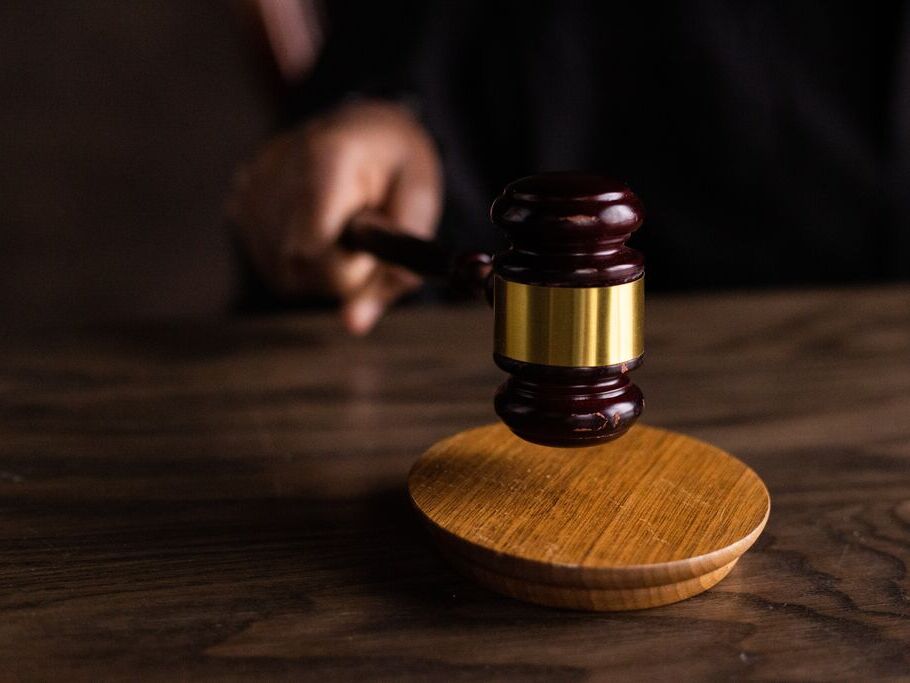The court system in Queensland

Kahler Lawyers' Chris Kahler describes the court system in Queensland and the importance of each court.
Queensland has three courts within its court system each of which perform separate and distinct roles. If you could not name the three courts or their functions, then it’s probably time to brush up on your knowledge! Fortunately, you can follow our short guide on the Queensland court system below.
The three types of courts are the Magistrates, District and Supreme Courts. These courts move up in significance, so most matters go through the Magistrates Court to begin with, while the District and Supreme Courts are reserved for more serious offences. To use a rugby league analogy, imagine it like the NRL, State of Origin and International Tests in order of importance.
Magistrates Court
In criminal matters, almost everyone starts off in the Magistrates Court. They deal with simple offences from littering and speeding fines to more serious ones like burglary, assault and drug related matters. For the really serious offences like rape, murder or armed robbery, the Magistrate may be asked to assess if there is sufficient evidence for the offence before referring it to a higher court. There are no juries in the Magistrates’ Court, so the single judge (the Magistrate) decides penalties and assesses evidence.

When appearing in the Magistrates Court, how the first appearance proceeds will depend on the offence committed. For simple offences, the defendant or their lawyer will be asked whether they plead guilty or not guilty in response to the charge/s read out. There are three responses to this:
- Firstly, if they plead guilty, a penalty will be decided by the Magistrate.
- Secondly, they may apply for an adjournment if they need more time to consider their position and the Magistrate will set a date for the matter to be mentioned again.
- Finally, they may plead not guilty, whereby the Magistrate will set a date for a summary hearing.
At the summary hearing, witnesses from both parties will be examined and subject to the evidence provided the Magistrate will either throw the case out (not sufficient evidence and the defendant is not guilty) or set a date for a sentence hearing (sufficient evidence for the defendant to be found guilty). At the sentence hearing, the Magistrate will determine the penalty for the defendant.
Another type of hearing that occurs in the Magistrates Court is a committal hearing. This is where a serious offence has been committed and the Magistrate must decide if there is enough evidence for the case to be referred to a higher court.
District Court
The District Court, as mentioned above, is for more serious offences like armed robbery, assault, fraud, dangerous driving and serious drug charges. All of these cases will start off in the Magistrates Court before appearing here. One of the key differences is that in this court, a jury may be present. A jury is a selection of 12 people who are chosen at random and who decide the guilt or innocence of the defendant based on the facts provided, with all other decisions (including penalties) being decided by the Judge.
In a criminal trial in the District Court, both parties present their cases to the court before calling witnesses in support of the case who are examined by both sides. At the end of this process, the jury will decide on a verdict (guilty or not guilty) and the Judge will either throw out the case or decide on a sentence, which can include a fine, community service or prison.
Supreme Court
The highest court in Queensland, this court hears only the most serious offences, including manslaughter, murder and serious drug charges. It follows the same process as the District Court, with a jury present and a case that has started in the Magistrates Court.
The only point of distinction here is the difference between the Trial Division and the Court of Appeal. The Court referred to in the previous paragraph is the Trial Division, where cases are heard in the normal manner. The Court of Appeal is a special court that sits above all others and hears appeals against decisions made from the Supreme and District Courts and many tribunals. It doesn’t have a jury, but instead has three or sometimes five judges that assess the validity of the appeal. In assessing an appeal, each judge will examine whether any errors of law were made or crucial facts left out in the original case.
So there you have it in a nutshell – the Queensland court system and the processes that unfold in each of them.








